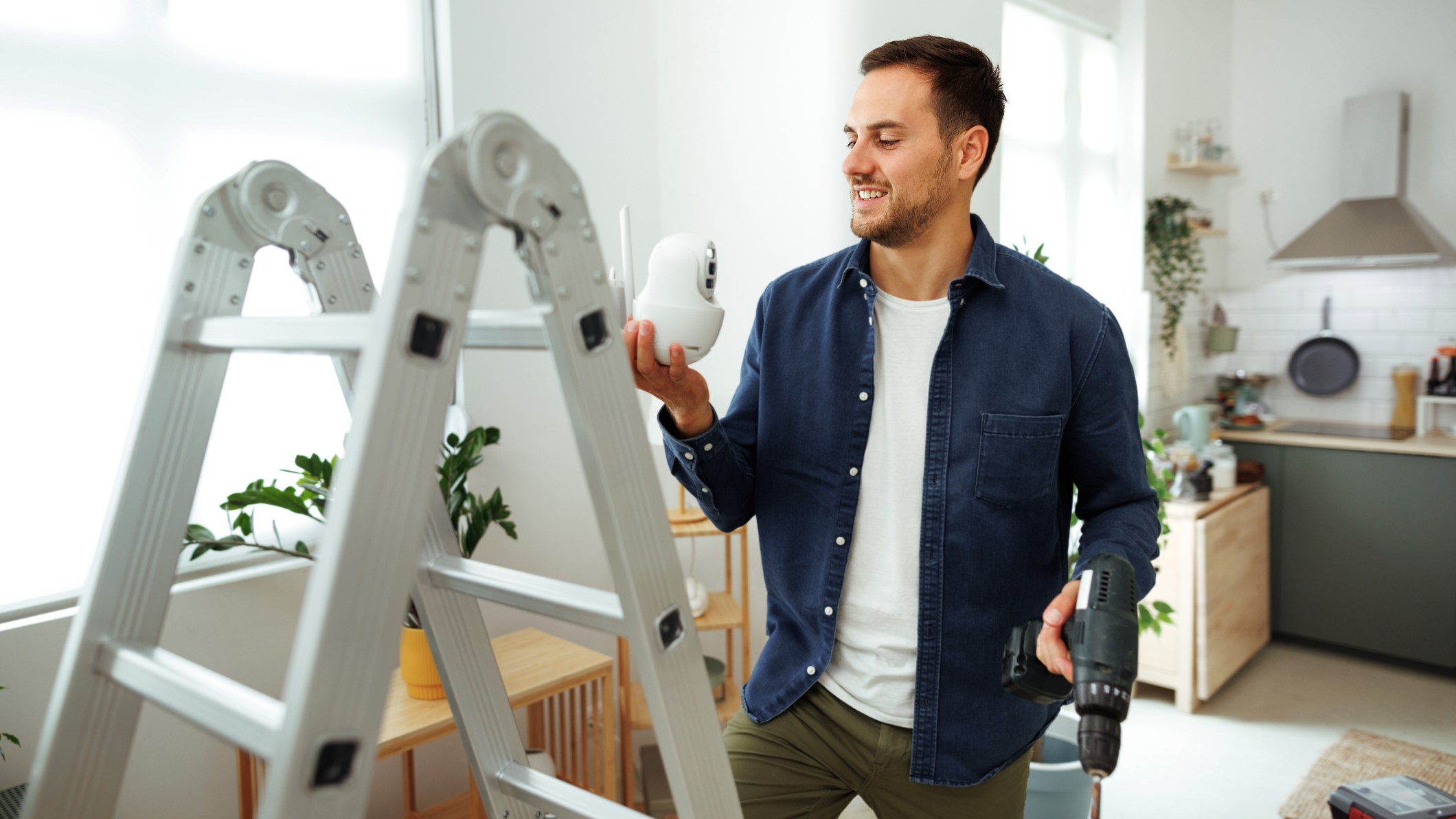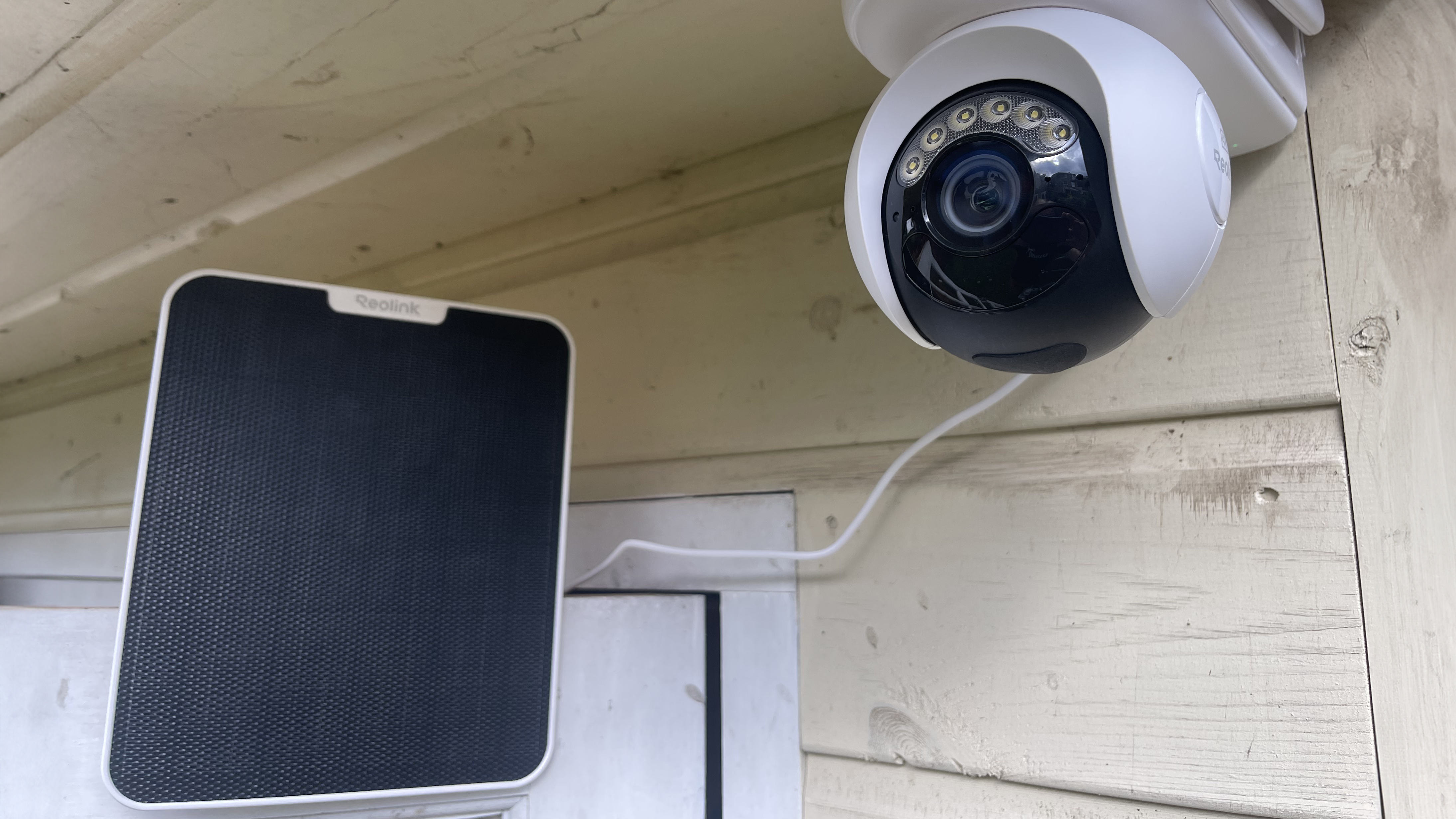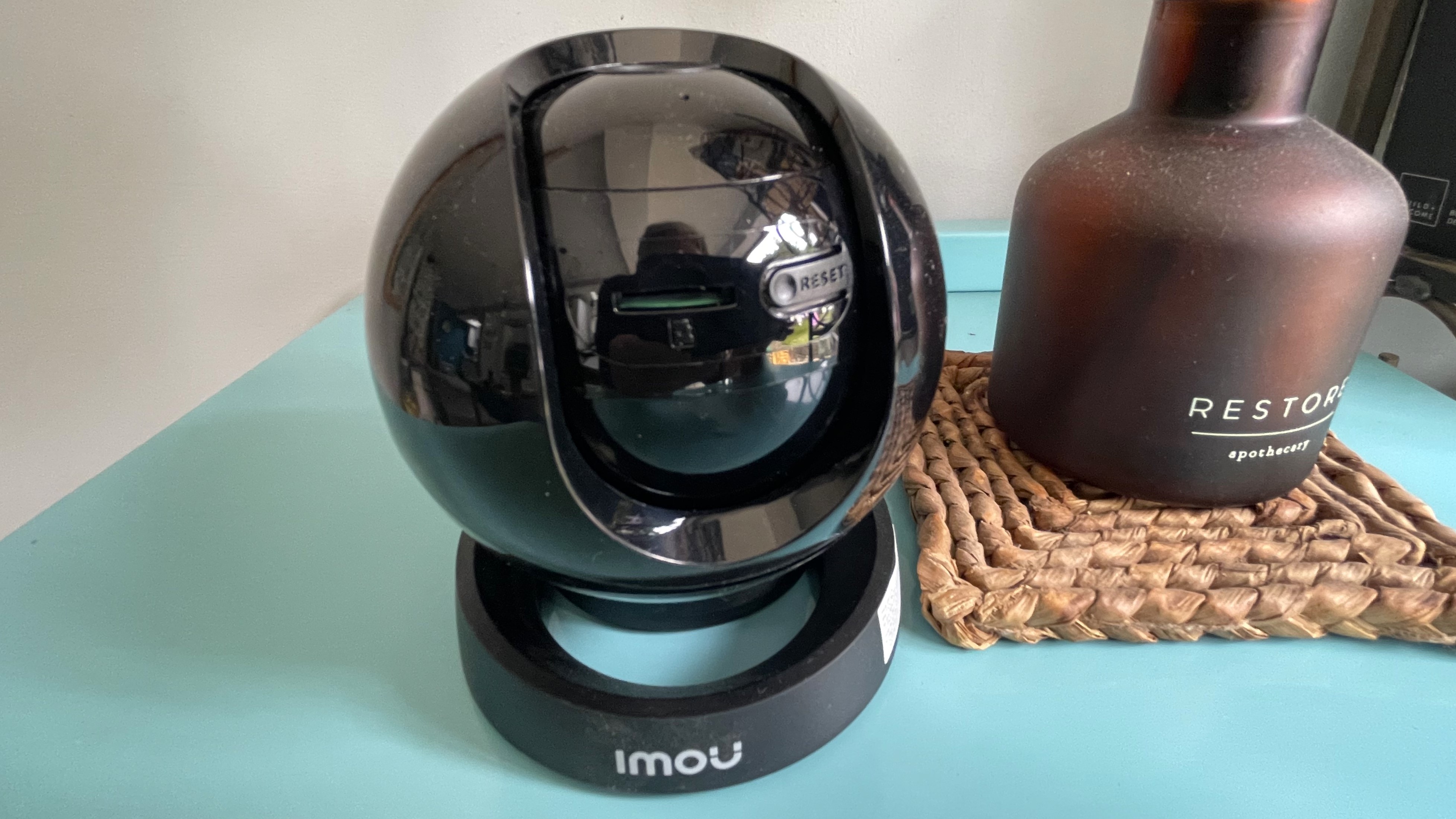7 things I learned after getting a smart home security camera
Chris Price give some handy tips on how to get the most out of your home security device

If you snapped up a home security camera on Black Friday, received one for Christmas, or are planning to pick one up in the January sales, you might be wondering how to get the most out of it. Is it as simple as inserting the batteries or plugging it in, then leaving it to look after itself?
Net necessarily, but smart home expert Chris Price is here to help, sharing his experience of owning and testing scores of cameras over the years so you can do more with yours, and avoid some of the common pitfalls.
1. You don't need to record everything!
Unless you live in a very remote location, chances are there are loads of people who walk past your house every day. Checking alerts every time an innocent old lady goes by, or a car whizzes past, probably isn’t a good use of your time. Nor is it a great use of the device’s batteries if you are recording footage the whole time. Make sure when you get an outdoor camera/video doorbell that you set the detection zones to record only motion right outside your property. You should also adjust the sensitivity setting (some devices are way too sensitive) and, if needs be, set the recording times to when everyone is generally out of the house – particularly useful for indoor cameras.

2. Be prepared to remove device for recharging/replacing batteries
Video doorbells and security cameras can be powered in several ways. While most indoor units are designed to plug into the mains, outdoor cameras and video doorbells are usually powered either via AA/AAA batteries or a rechargeable lithium ion battery. Some devices, such as the ReoLink Altas PT, also come with a solar power option – handy if you live in a sunny climate, not so great for winter in the UK.
Although it’s generally straightforward enough to plug an indoor security camera into the mains, when it comes to powering outdoor devices it does get trickier. Most devices will need to be removed temporarily either for re-charging or for a battery change every couple of months so make sure your camera is reasonably accessible with stepladders. If your camera is powered by AA batteries we would also recommend buying heavy duty lithium batteries rather than cheaper zinc ones.
3. Security cameras and doorbells are pretty cheap – so buy a few of them
Prices of security devices are quite reasonable, especially if you shop around online. For example, you can now get a basic indoor security camera for well under £50 (Amazon-owned Blink now sells two of its Mini indoor cameras for £25) with outdoor cameras and video doorbells starting at around £100. Most manufacturers allow you to use several cameras of the same brand together via their app. Alternatively, you can install several different apps on your phone, although this can be a little overwhelming.
The advantage of having several cameras is that you can monitor several parts of your property at once (I have three external cameras – one on the back door, one on the front door and a video doorbell). Alternatively, you could look at buying a 360-degree camera such as the indoor IMOU Rex 3D or the outdoor Reolink Altas PT Ultra. Check out our guide to the best home security cameras for more options.
Get daily insight, inspiration and deals in your inbox
Sign up for breaking news, reviews, opinion, top tech deals, and more.
4. You don’t need to fork out for a monthly subscription
Obviously one of the reasons why the hardware is generally cheap is because manufacturers hope to tie you in to a subscription. As if we don’t have enough of those already! Typically, these cost around £4-£5 a month. Usually, the subscription will offer you additional functionality such as greater cloud storage and more sophisticated motion detection (for example, offering differentiation between a pet, a parcel and a car). But while these additional features may be nice to have, they are not essential. Several video doorbells such as the recently reviewed SwannBuddy4K come with a MicroSD card supplied for local storage, as do many security cameras. Check out our guide to the best video doorbells.

5. Cameras are great for checking up on your pet (or children) – but don’t be too intrusive
Although security cameras are often marketed as devices to help prevent parcel theft or even burglary, the reality is often a lot more mundane. Chances are that most people who come to your door do so with perfectly innocent intentions – delivering mail, packages etc - while inside your home it’s usually other occupants moving around, rather than thieves with a swag bag helping themselves to your jewelry.
An indoor camera pointed at the front door is a great way of checking the kids are home safely, while another focused on where your dog lies can be useful to see what they are up to. You can even speak to your pet via the camera’s built-in speaker – though it might freak them out at first. There’s even a dedicated security camera for monitoring dogs and dispensing treats called the Furbo. Of course, it goes without saying that cameras should be kept out of bedrooms, unless it’s being used to monitor a baby.
6. Keep outdoor security devices out of easy reach
While it’s unlikely your device will be stolen, there is always the possibility that if someone is intent on burgling you they will steal your cameras too! Best to install outdoor security cameras high up on your property as you would with a security light if possible. And while the doorbell obviously has to be installed at head height or slightly lower to see who is at the door, you need to make sure that it’s properly installed inside the mounting bracket, complete with anti-tamper screw/pin attached.
7. Share your devices with other family/house members
We’re all so busy these days that it’s not always possible to respond in time if someone does come to the door. Most video doorbells and many security cameras allow you to add family members to your device. This means they can view the footage on their smartphones and, if necessary, interact with delivery people who come to your door. Even if the device doesn’t strictly permit sharing it’s usually possible for them to download the app and use the same username and password.
Over 25 years experience as a staff and freelance journalist. Currently working freelance for The Daily Telegraph, writing technology content for the newspaper as well as working with their clients (Vodafone Microsoft, Nokia, SAP, DXC, BAE Systems) on branded content.
